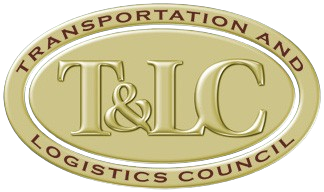DEPARTMENT OF LABOR PROPOSES INDEPENDENT CONTRACTOR RULE THAT WOULD BENEFIT BUSINESS
Many businesses adopt an independent contractor method of utilizing workers, including the construction industry, portions of the trucking industry, franchisors, and most of the Gig economy. Since the employment laws, minimum wage and overtime rules, various forms of legal liability, are generally not applicable to independent contractor relationships, civil rights and plaintiffs' groups argue for a broader application of the employment laws.
A few states such as California, Massachusetts, New Jersey, and Connecticut have enacted state laws making independent contractor relationships very difficult to maintain. The Obama Administration issued a Department of Labor (DOL) Guidance, broadly expanding the definition of employment and even indicating that most workers were employees, not contractors. The business community therefore praised the DOL-proposed regulation issued on September 22, 2020, adopting a shorter and simpler legal test favoring industry as to when employers may legally classify workers as independent contractors.
The Trump Administration is expediting the regulatory process by setting only a 30-day comment period, in hopes that the new regulation could issue before a possible changeover in administrations. There is some risk in such a late issuance of a federal regulation, as if the Senate were to come under Democratic control, the Senate could reverse the rule under the Congressional Review Act to prohibit any similar rule in the future.
The proposed rule adopts an "economic reality" test, which requires that contractors must be in business for themselves, rather than being economically dependent, and explains that the "inquiry into economic dependence is conducted through application of several factors, with no one factor being dispositive, and that actual practices are entitled to greater weight than what may be contractually or theoretically possible."
The rule proposes narrowing the test into five factors. Two of the factors would have the greatest weight: the nature and degree of the employer's control over the work and the worker's opportunity for profit or loss based on personal initiative or investment. The other factors would be considered if the initial two core factors are conflicting. These criteria are the amount of skill required in the work, the degree of permanence in the work relationship, and whether the work is part of an integrated unit of production.
While most agree that the proposed rule simplifies the legal test, many commentators believe that the test is simplified in a manner that presumes workers are not employees. In contrast, the Obama Administration guidance presumed that workers were employees. Obviously, one result of the proposed rule would free many employers from providing health insurance and other benefits to these individual workers.
The economic analysis in the proposal suggests the proposed regulation would save companies about $841 million per year. A majority of the savings come from reduced litigation costs and more certainty in making classification decisions.
Content Disclaimer: Due to the constantly changing nature of government regulations, it is impossible to guarantee the total and absolute accuracy of the material contained herein or presented. NorthAmerican Transportation Association (NTA) cannot and does not assume any responsibility for omissions, errors, misprinting or ambiguity contained. NTA shall not be held liable in any degree for any loss, damage or injury caused by any such omission, error, misprinting or ambiguity present. It is made available with the understanding that NTA is not engaged in rendering legal, accounting or other professional service. If legal advice or other expert service is required, the services of such a professional should be sought.











